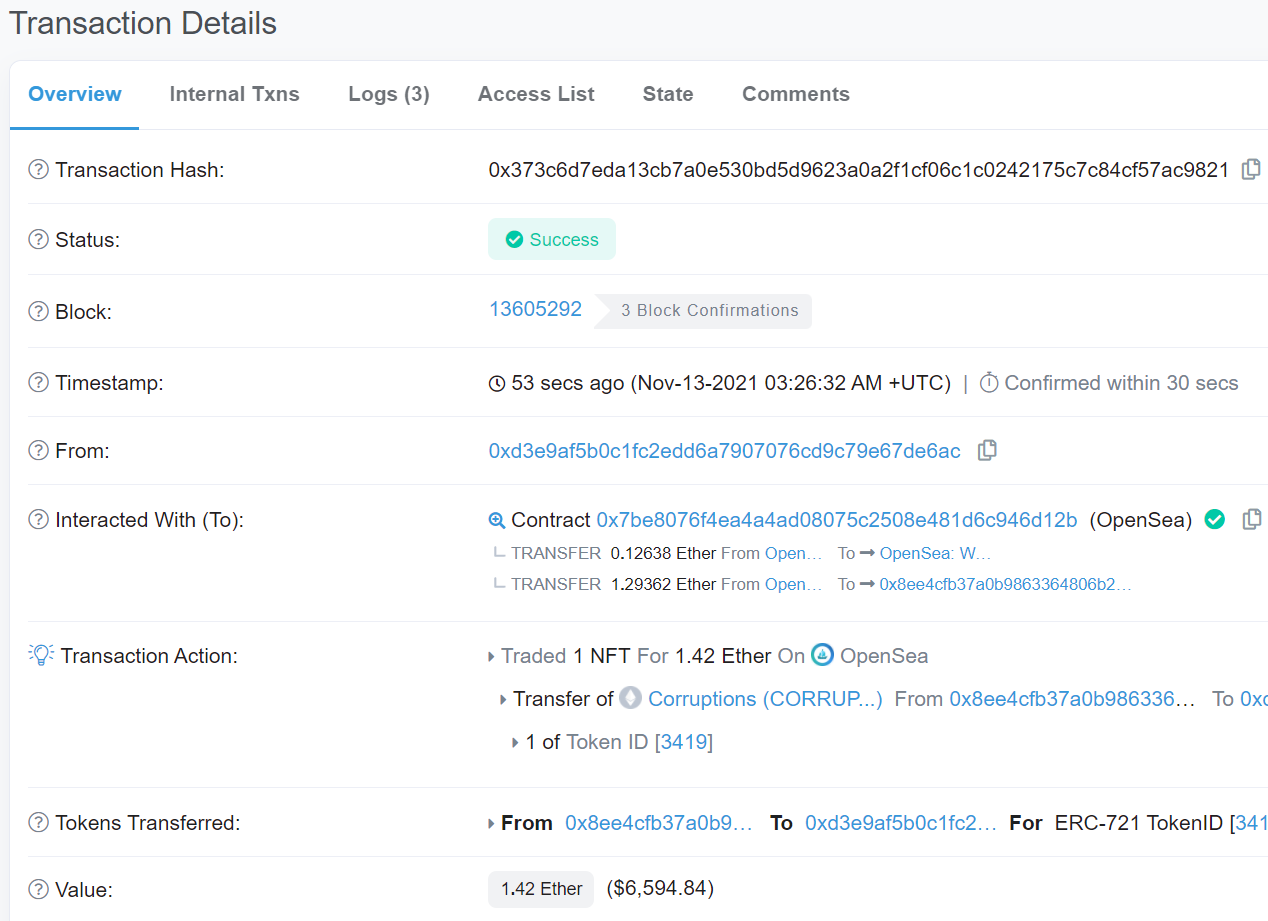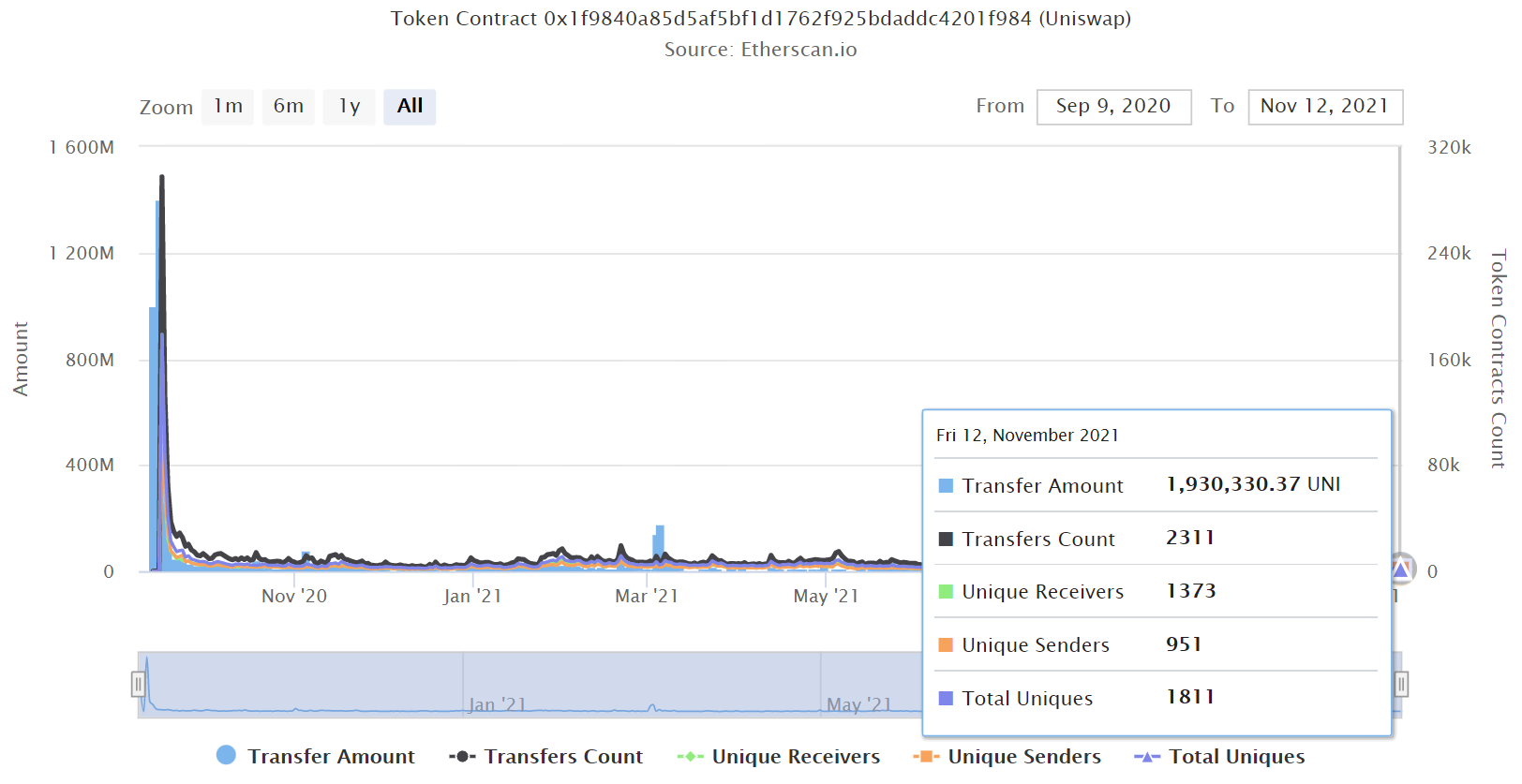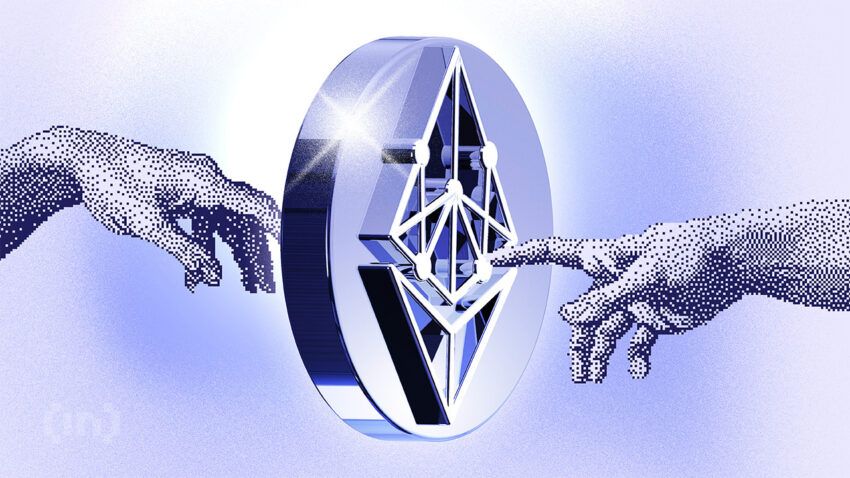Etherscan is a handy tool for tracking Ethereum transactions. Yet most only scratch the surface when using it for recent transfers. This guide demonstrates how to make the most of Etherscan and what it can do for you in 2024.
KEY TAKEAWAYS
➤ Etherscan offers detailed insights into Ethereum transactions, tokens, and smart contracts, making it an essential tool for users and developers alike.
➤ Etherscan fully supports layer-2 networks and provides real-time staking analytics, making it easier to track transactions and validator performance.
➤ Etherscan helps users find ongoing airdrops and provides enhanced smart contract audits, allowing users to engage securely with new projects.
What is Etherscan?
Etherscan is an essential tool for tracking all Ethereum transactions, providing transparency into the blockchain’s activity. Every time ETH or an ERC-20 token moves between wallets, the Ethereum blockchain — a decentralized ledger — records it. These records, maintained by full Ethereum nodes, date back to Ethereum’s launch.
Etherscan simplifies access to this data, offering insights into wallet addresses, transaction fees, tokens, smart contracts, and more.
For instance, you can explore charts and statistics to understand Ethereum’s real-time activity, such as:
- Average difficulty: The measure of how hard it is for validators (now post-Ethereum 2.0) to propose new blocks.
- Estimated hash rate: Although Ethereum moved to proof-of-stake (PoS) with the Merge, this still tracks computational power, especially for layer-2 solutions like zk-rollups.
- Average block time: Now, with proof-of-stake, block times are more consistent, typically around 12 seconds.
- Average block size: This remains dynamic, adjusting with network demand to optimize for scalability.
- Total block count: The number of blocks validated on the network so far.
- Total uncles count: Ethereum’s unique “uncle: blocks, which still receive rewards, though these are less frequent after the switch to PoS.
- New addresses seen: The total number of new wallet addresses created reflects Ethereum’s growing adoption.
Based on this raw data, Etherscan can compile various charts.

In 2024, Etherscan has adapted to provide insights into staking data, validator performance, and layer-2 transactions. This makes it an indispensable tool for tracking not just the base Ethereum network, but also the various rollups and sidechains building on top of it.
Beyond transactions, Etherscan integrates more detailed views into smart contract audits and airdrop tracking, making it a one-stop shop for both developers and regular users.
What can Etherscan do?

While Etherscan is free to use without an account, signing up does provide extra features: developer tools, data feed creation, alerts for specific transactions, etc.
Nonetheless, the default Etherscan block explorer is more than sufficient to take Ethereum’s snapshot. For instance, the average transaction fee chart can help you determine whether it is worthwhile to use Ethereum at the time.

This can be further explored with Etherscan’s gas tracker. This is the tool’s most popular feature, as it estimates transaction fees from low, average to high and across different types of transactions.
Likewise, if you ever wondered how much Gwei is as a denomination of ETH, you can use Etherscan’s unit converter. Hint: 1 Gwei is 1 billionth of 1 ETH, but it would be more convenient just to enter the current gas fee cost.
Etherscan is useful for researching ERC-20 altcoins
If you are looking for one of the thousands of ERC-20 altcoins/tokens, Etherscan is the best tool for the job. In fact, by using the platform, you would get the most accurate overview of the Ethereum ecosystem. With Etherscan, you can see how popular a token is, how many holders it has, its market cap, and trading volume.

This is a good way to detect crypto whales, as each transaction not only holds the protocol used’s name but also its value. As one would expect, the top crypto whales are crypto exchanges.

Because all transactions are completely transparent, sometimes real identities can be tied to celebrity billionaires, as happened with Mark Cuban, the owner of the Dallas Mavericks.
Another Etherscan feature that has gained popularity is ENS Lookup. For those unfamiliar with Ethereum Name Service (ENS), it is equivalent to Domain Name Service (DNS) but runs on a blockchain instead. ENS represents a major step forward against censorship and de-platforming efforts, as the .eth domain cannot be taken like centralized DNS websites can.
Staking analytics
With Ethereum 2.0 and proof-of-stake fully in effect, Etherscan now provides detailed analytics on staking activity. You can monitor validator performance, track staking pools, and check staking rewards in real time. But for that, you need to have the transaction details handy.
Did you know? With Etherscan’s Staking Analytics, you can track validator performance, staking pool activity, and real-time rewards, all in one place.
Layer-2 support
With the rise of layer-2 scaling solutions like Arbitrum and zk-rollups, Etherscan now supports tracking transactions across these networks. Users can seamlessly switch between the base Ethereum network and layer-2s to track assets, smart contracts, and token movement.
Smart contract audits
Developers and users alike now benefit from enhanced smart contract audits available directly within Etherscan. These audits provide transparency into contract security, allowing you to see potential risks before interacting with them.
How to find transactions on Etherscan?
To demonstrate how to track down transactions on Etherscan, we will use MetaMask, a popular crypto wallet with over 10 million users. By simply clicking underneath your MetaMask account name, you can copy your wallet address into the clipboard.

You can then paste that address (CTRL + V) into Etherscan’s search box, which is at the top of the default page.
Because it uses your public wallet address, Etherscan can show all the assets in the wallet by type, their value balance in USD, the number of transactions, internal and external transactions, block number, transaction fees, ingoing and outgoing transactions, and even analytics that give out a quick overview of the wallet in chart form.
Going even further, you can check details for every transaction listed as they undergo block confirmations.

In this random transaction, we can see that someone traded an NFT from the largest NFT marketplace, OpenSea, for about $6,600.
In 2024, MetaMask and other wallets now integrate directly with Etherscan, letting users track their wallet activity seamlessly across both Ethereum and layer-2 solutions. Additionally, when viewing your wallet address on Etherscan, you can track staked ETH and related rewards, something that wasn’t available back in 2021.
Finding smart contracts on Etherscan
Using Etherscan’s list of tokens allows you to verify if you are sending crypto funds to the right smart contract (what ERC-20 tokens actually are). For instance, if you click on a Uniswap token, a full overview of the token will be displayed. This includes its maximum supply and holders to market value.
Uniswap’s smart contract address can be found under the “Profile Summary.”

Clicking on the contract itself leads us to the complete list of all transfers handled by Uniswap, including DEX trades. From here, we can also go to the analytics tab to see the snapshot of all the relevant data on the Uniswap token contract:

Delving even further, the “Contract” tab contains the contract’s code. Furthermore, the contract is directly accessible from the “Connect to Web3” tab.

Likewise, if you are in a hurry, you can just head over to “Search by Contract Address” under the “More” category. Thanks to keywords, addresses, block numbers, and other aforementioned categories, you can quickly find smart contract source code.
Did you know? Etherscan has integrated smart contract audit reports directly into its platform. When viewing a contract, you can now see a contract’s audit history, helping you avoid risky interactions. Additionally, Etherscan now supports automated smart contract execution monitoring, meaning users can be alerted if specific contract conditions (such as triggers or time locks) are met.
Finding airdrops on Etherscan

Under Etherscan’s “Resources” category, you will find listings of both ongoing and upcoming airdrops. This is a great way to earn free tokens, which you might appreciate down the line. Under “Read More” for every listing, the airdrop submitter will have a detailed description of all the token prerequisites.
Did you know? You can now filter ongoing and upcoming airdrops by project type (DeFi, NFTs, Gaming, etc.) and also by whether it’s based on mainnet or a layer-2 solution. Additionally, projects increasingly require on-chain interaction rather than just social media activity for eligibility, such as holding a specific token, making a swap, or staking in a liquidity pool.
This typically entails some degree of social media activity. After all, airdrops exist because project teams hope to gain some traction via crowd-powered marketing.
Etherscan: The ultimate Ethereum guide
Learning how to use Etherscan in a comprehensive manner can give you an advantage when trading and making investment decisions. From tracking transactions to verifying smart contracts and analyzing tokens, Etherscan’s features ensure you have everything at your fingertips. With the tool’s enhanced support for staking, smart contract audits, and even layer-2 solutions, Etherscan remains the go-to explorer for the Ethereum network in 2024.
Frequently asked questions
What is Etherscan used for?
Is Etherscan a wallet?
How do I view my transactions on Etherscan?
How do I send money through Etherscan?
How do you read contracts on Etherscan?
Disclaimer
In line with the Trust Project guidelines, the educational content on this website is offered in good faith and for general information purposes only. BeInCrypto prioritizes providing high-quality information, taking the time to research and create informative content for readers. While partners may reward the company with commissions for placements in articles, these commissions do not influence the unbiased, honest, and helpful content creation process. Any action taken by the reader based on this information is strictly at their own risk. Please note that our Terms and Conditions, Privacy Policy, and Disclaimers have been updated.




